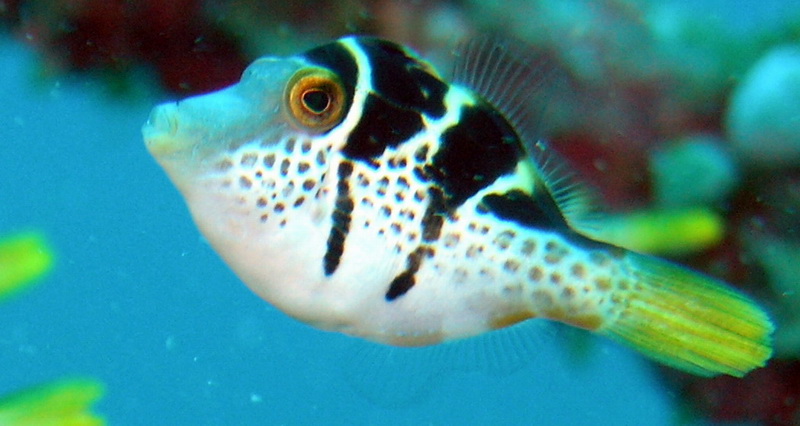|
| Query: Black back | Result: 1083rd of 1142 | |
Blacksaddle Filefish (Paraluteres prionurus) - Wiki
| Subject: | Blacksaddle Filefish (Paraluteres prionurus) - Wiki
| |

| Resolution: 800x426
File Size: 117186 Bytes
Date: 2006:10:23 15:31:48
Camera: C8080WZ (OLYMPUS CORPORATION)
F number: f/2.8
Exposure: 10/800 sec
Focal Length: 179/10
Upload Date: 2007:08:14 22:57:59
|
|
|

